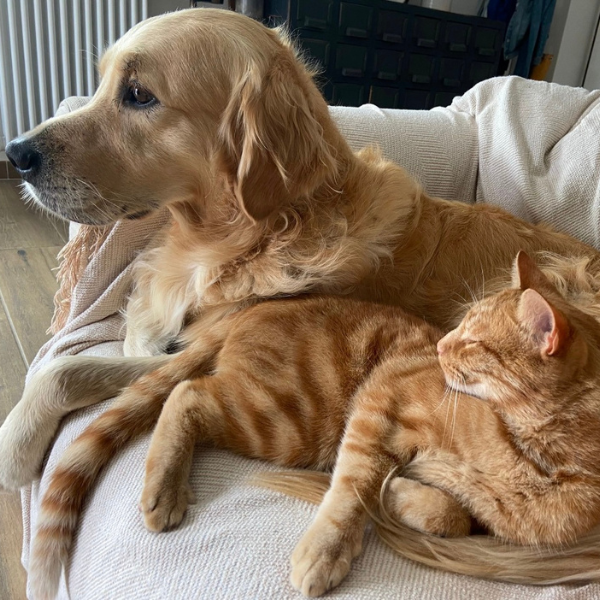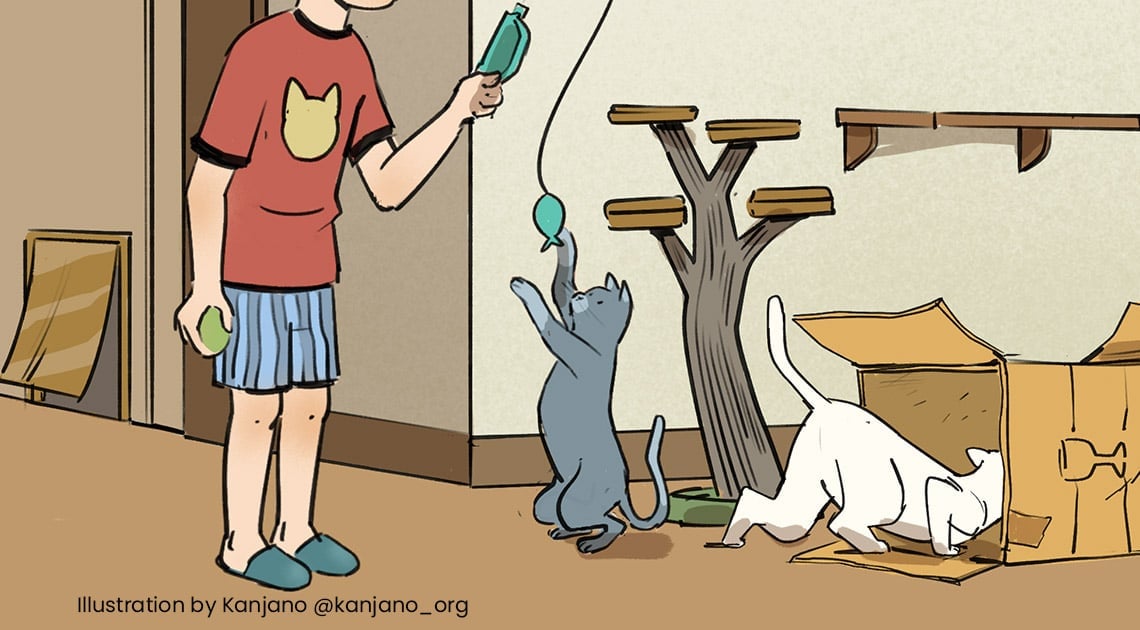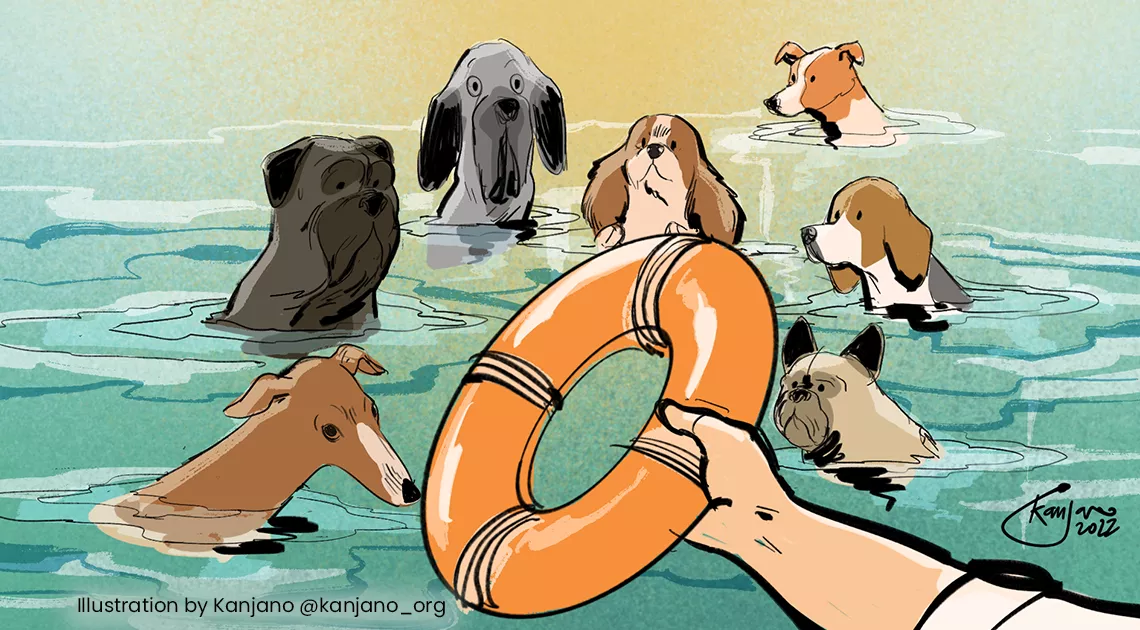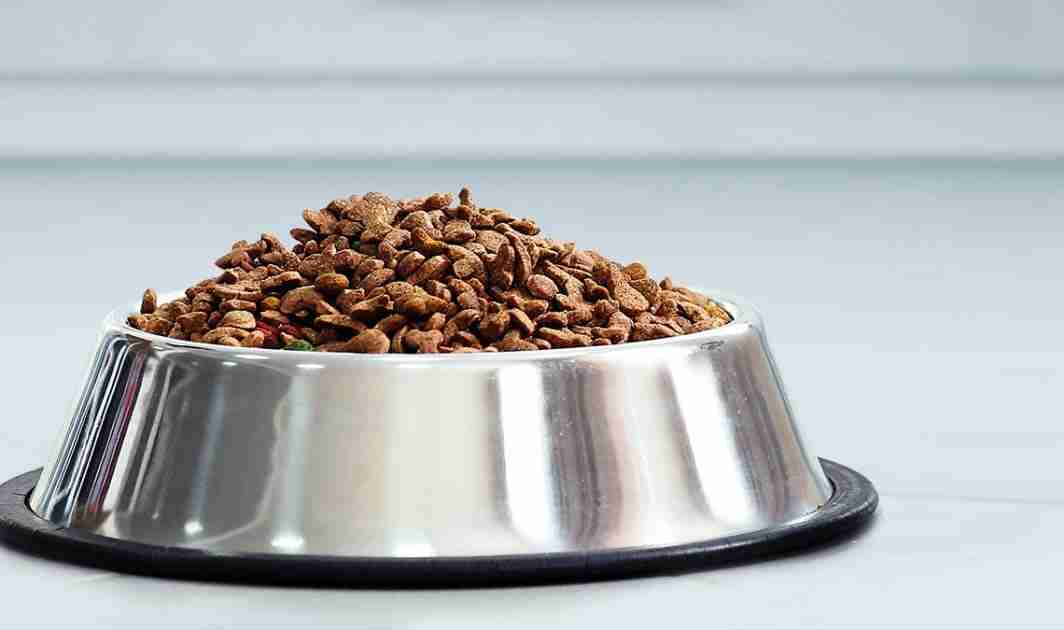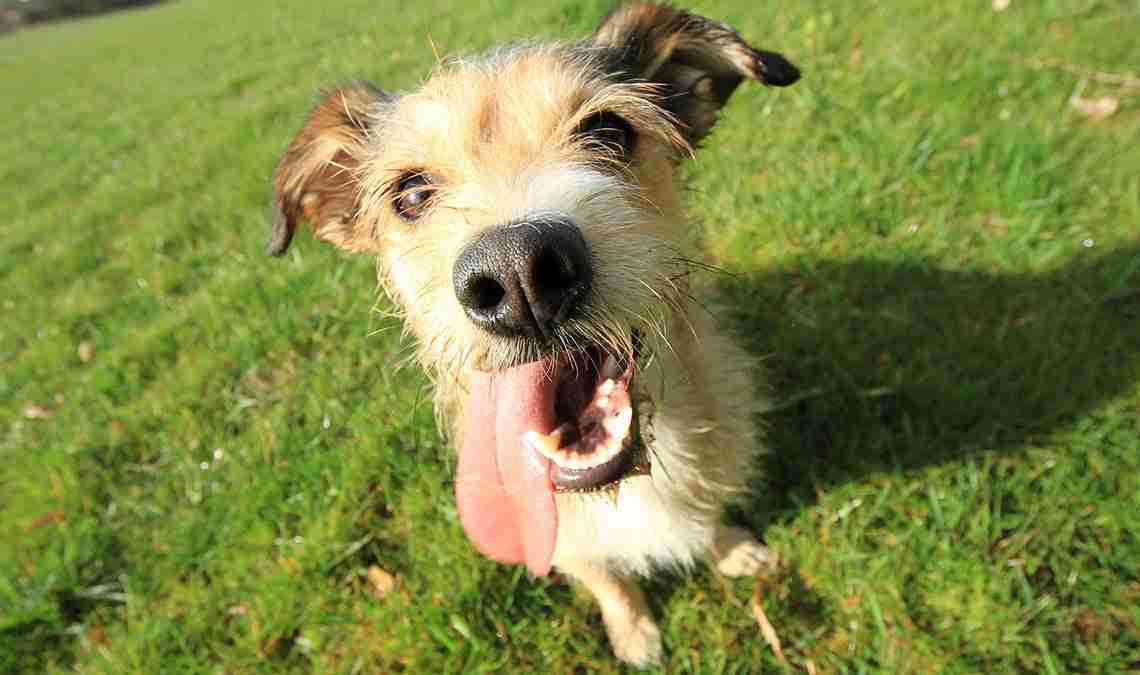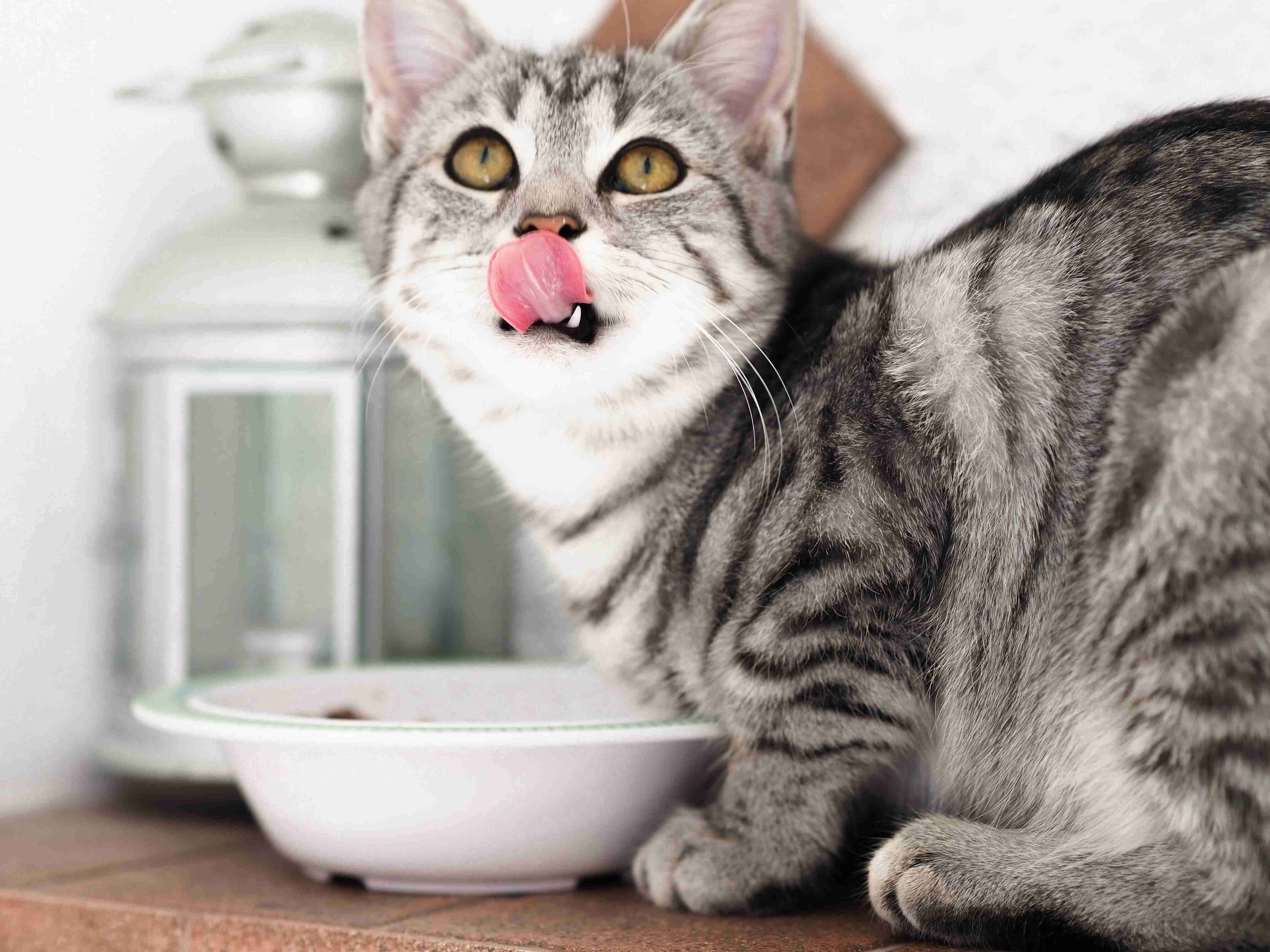Food hypersensitivity in dogs: what to do
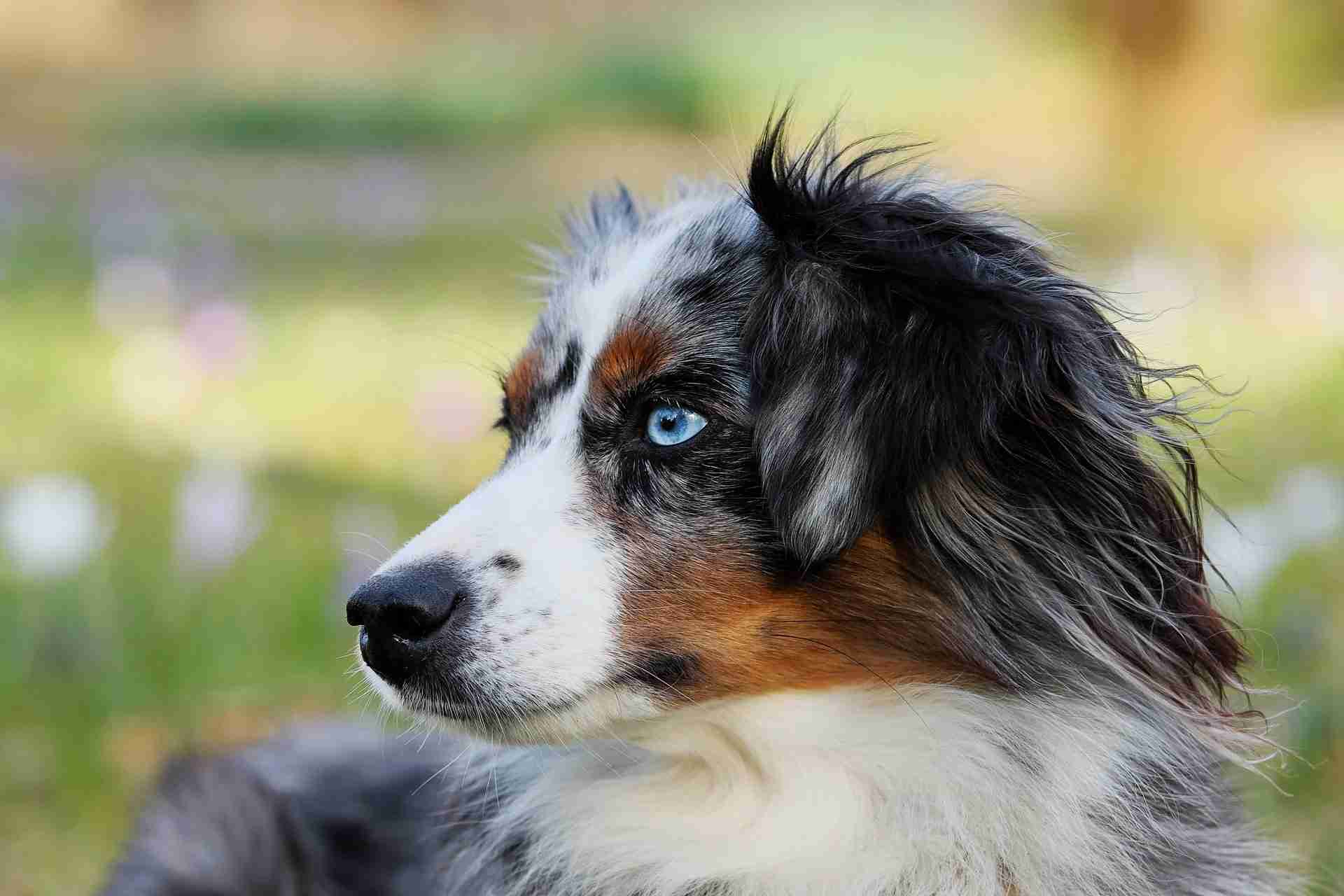
What is hypersensitivity
Hypersensitivity is best diagnosed by a veterinarian and we advise everyone to consult a vet before taking any form of action. We have summarised some tips for you in this blog so that you know what to look out for. If you want to know more about food hypersensitivity, then keep reading this blog.Food hypersensitivity occurs when a dog is hypersensitive to a certain ingredient or food product. This can be divided into two different categories:
Food allergy: the body shows a hypersensitive reaction to a certain type of food or nutrient, which triggers an immune reaction.
Food intolerance: the body shows signs of hypersensitivity but without triggering an immune reaction. An example of this is lactose intolerance. This nutrient cannot be processed by the dog’s body and leads to diarrhoea.
It can take anything from a few minutes to a few hours for an allergy to manifest itself.
Food intolerances on the other hand, take much longer to develop and manifest. Symptoms include: itching, inflamed skin, ear infections or abnormalities in the stool. Al of these are "side effects," of food, or "intolerances." Roughly 1 out of 2 dogs suffers from them nowadays. Usually there is not a single cause, but rather a series of different factors that cause an intense reaction when added up.
An intolerance is the body's response to the presence of certain ingredients such as chemical additives, preservatives, artificial colours, anti-fungal agents, or ingredients that are simply harder to digest, such as offal. An excessive intake of certain additives or ingredients can also lead to a reaction.
How does this hypersensitivity occur
Many people tend to buy the same food for their dogs throughout the dog’s life. This is not just boring for the dog, it can also cause an intolerance for certain ingredients. The body is then supposedly saturated by this particular ingredient. It can be hard to determine what the exact cause is, because there are many possibilities. Vets will usually recommend an exclusion diet in these cases.
Almo Nature
It took us years of research to develop a unique type of kibble that would be suitable for all dogs, but we eventually developed the Alternative line.
What makes this kibble so special is that we don't use any meat or fish meal, and the same goes for dried meat and fish. The ingredients that are used are carefully selected and HFC certified, meaning that they were originally suitable for human consumption but have been used in our products instead.
The product doesn’t use any waste products such as beaks, feathers or hooves, which means that the food is less heavy and easier to digest. There are no chemical additives or any other substances that could cause sensitivities over time.
In addition, the different flavours and recipes can be swapped and used at different intervals, during specific times of need.
Take salmon for instance: salmon is naturally rich in omega 3, an important nutrient for the summer when the skin is exposed to insect bites, heat and hair loss, making it the ideal recipe during summer, whereas the meat varieties might be heartier for winter and autumn.
Try the Alternative kibble and let us know what you think via our website or our social media platforms.

